From Mars rovers to satellite launches, there is little doubt that some of mankind’s most impressive feats come by way of aerospace engineering. To design shuttles, telescopes and even planetary helicopters, engineers must account for all the unique forces at play. Whether it be the effects of gravity, the solar wind or planetary, much goes into the engineering and planning process.
Of course, one of the most fascinating features of our universe is the vacuum of space. According to the Britannica Encyclopedia, “a vacuum is a space in which there is no matter, or in which the pressure is so low that any particles in the space do not affect any processes being carried on there. Vacuums are conditions well below normal atmospheric pressure.
Moreover, the unique conditions of the vacuum of space means that aerospace engineers must account for this in their plans. Yet even the folks sending us to the stars need the right solutions to help them get there. In this article, we will discuss how vacuums affect aerospace design, and why low frequency isolation solutions are a must-have for aerospace testing.
Why Aerospace Engineers Account for The Vacuum of Space
As aforementioned, the properties of the vacuum of space make it an interesting challenge for aerospace engineers. Other industries, like the automotive manufacturers, design vehicles that are strictly earth-bound. Therefore, engineers need only account for the natural forces and atmospheric pressure we experience every day.
Comparatively, aerospace engineering is quite different. Since these payloads don’t stay on earth for long, they must go through further testing to ensure they are fit to travel into space to withstand its unique environment. Before an aerospace project blasts off, it must undergo a series of tests in a space-simulated environment.
Despite the size of the Earth, space is even more vast. The payload spends much of its service life in a vacuum. Thermal vacuum testing is a requirement for compliance with a variety of regulatory standards in the aerospace industry. These tests ensure survivability and affirm spacecraft performance when under the low-pressure vacuum forces.
Low Frequency Vibration in Aerospace Testing
Along with temperature, pressure, humidity and sound tests, aerospace engineers conduct vibration tests as well. If unchecked, vibration issues can lead to costly setbacks and potential damages.
Thermal vacuum chambers are often testing large payloads and instruments for space projects. Precision and accuracy, important in any NASA mission, are also crucial to the aerospace testing process. The smallest margin of error can throw aerospace design plans off, and vibration can be a cause for errors in aerospace testing.
Thermal vacuum chambers and other aerospace testing equipment is sensitive, with each machine undergoing operations to simulate space-like environments. The slightest bit of vibration can hinder this delicate process, leaving the payload ill-prepared for its launch date.
While vibration from the sheer mass of the machine is a concern, vibration in aerospace testing often derives from other sources. As aforementioned, external vibration forces acting on the thermal vacuum chamber can cause errors and setbacks in testing.
Therefore, the vacuum chamber itself must be isolated from the surrounding environment. This way, low frequency vibrations from external forces will not have as much of an impact on aerospace testing. How is this possible? Well, Fabreeka offers complete solutions for the aerospace industry to conduct testing in stable environments.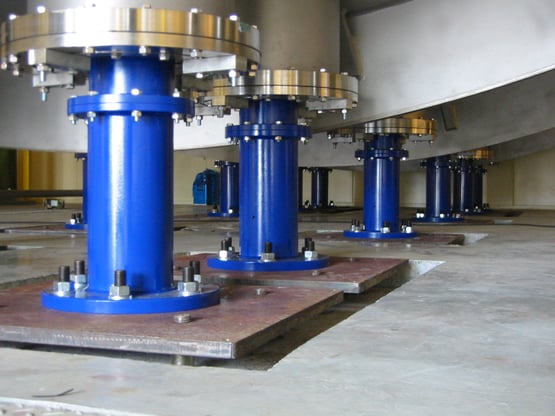
How Fabreeka Supports Aerospace Testing
Now, you might be looking at the photo above and asking yourself how in the world that system isolates the massive vacuum chamber from the surrounding environment. Fabreeka offers full-fledged isolation systems for your aerospace applications. Whether the chamber itself need isolation, or the payload as well, we have solutions that are proven across the aerospace industry.
One way our engineers isolate the payload is by isolating and supporting the chamber itself. Another way is by way of feed-throughs under the chamber or supporting the payload internally.

However, there are times both the chamber and the payload must be isolated together. Therefore, our engineers design a complete isolation system that is installed to support and lift the chamber externally (as pictured above). When the chamber is anchored to the inertia mass, our engineers design a system that goes underneath the platform to isolate the structure from down under.
As we can see, sometimes the size and weight of the chamber are so immense that it is simply impractical to isolate the entire chamber externally. Under these circumstances, the isolation system is designed and fabricated to be installed within the chamber itself. Our engineers then use vacuum-compatible materials to prevent outgassing and damage from extreme temperatures.
 Over the years, Fabreeka worked with great partners to develop effective thermal vacuum testing systems. Dynavac is a leading provider of thermal vacuum testing systems. Tom Foley, CEO, says that “Dynavac’s equipment is used in many mission-critical aerospace testing programs for some of the most ambitious spaceflights.” Foley continues, “Vibration isolation is often essential, and when it is, we look to Fabreeka for proven low-frequency isolators.”
Over the years, Fabreeka worked with great partners to develop effective thermal vacuum testing systems. Dynavac is a leading provider of thermal vacuum testing systems. Tom Foley, CEO, says that “Dynavac’s equipment is used in many mission-critical aerospace testing programs for some of the most ambitious spaceflights.” Foley continues, “Vibration isolation is often essential, and when it is, we look to Fabreeka for proven low-frequency isolators.”
Fabreeka Precision Aire™ PAL Isolators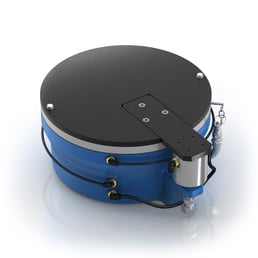
Of course, every great engineering solution requires the right technology to get it there. Fabreeka’s PAL isolators are reliable and self-leveling. Using servo valves, the isolators maintain the vacuum chamber’s position and float the payload at its jacking points.
The PAL pneumatic isolator provides superior low frequency vibration isolation using these automatic leveling air springs. When used in a complete system, there are at least three master isolators for three-point level control. Each isolator comes equipped with a level-control valve that responds quickly and accurately to changes.
Finally, the system includes a control unit, automatic control valves, pneumatic tubing and other pneumatic accessories that are essential to a successful installation. Which, of course, reaps excellent results for your aerospace tests.
From NASA to the Korean Aerospace Research Institute, Fabreeka helped many aerospace testers and engineers shoot for the stars. As humanity continues to seek answers from the cosmos, Fabreeka is proud to support the aerospace industry in its efforts to explore the unknown. Our precise, practical isolation solutions make for great results on earth and beyond.
If you enjoyed reading this article, then you might be interested in learning more about Fabreeka and our role in metrology. Check out "How Fabreeka Assists Automotive Test Engineers" and subscribe to our blog today!


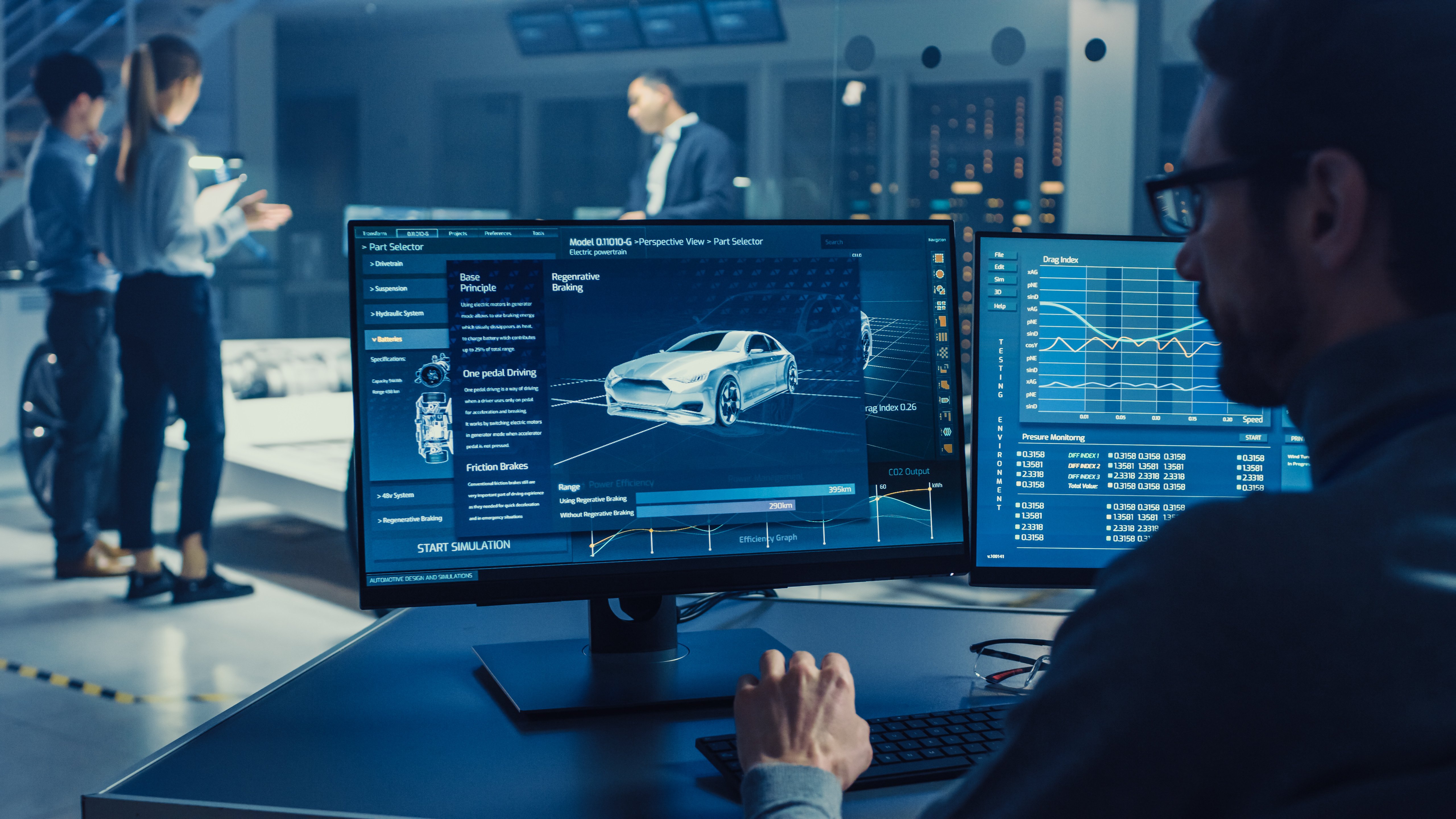
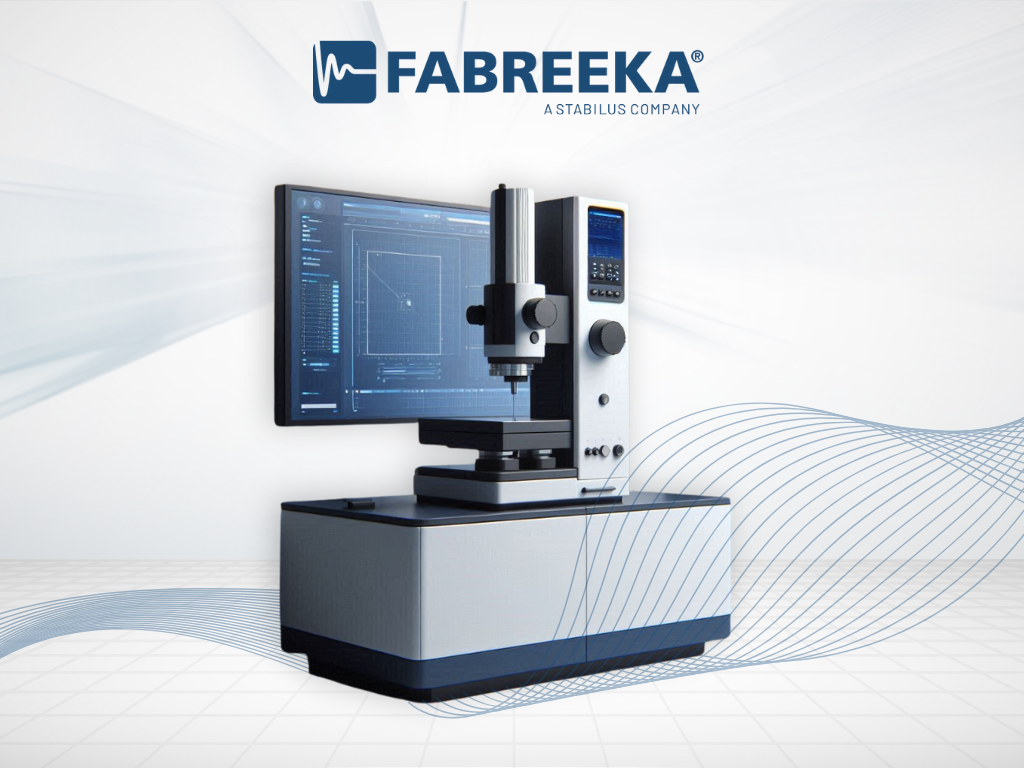
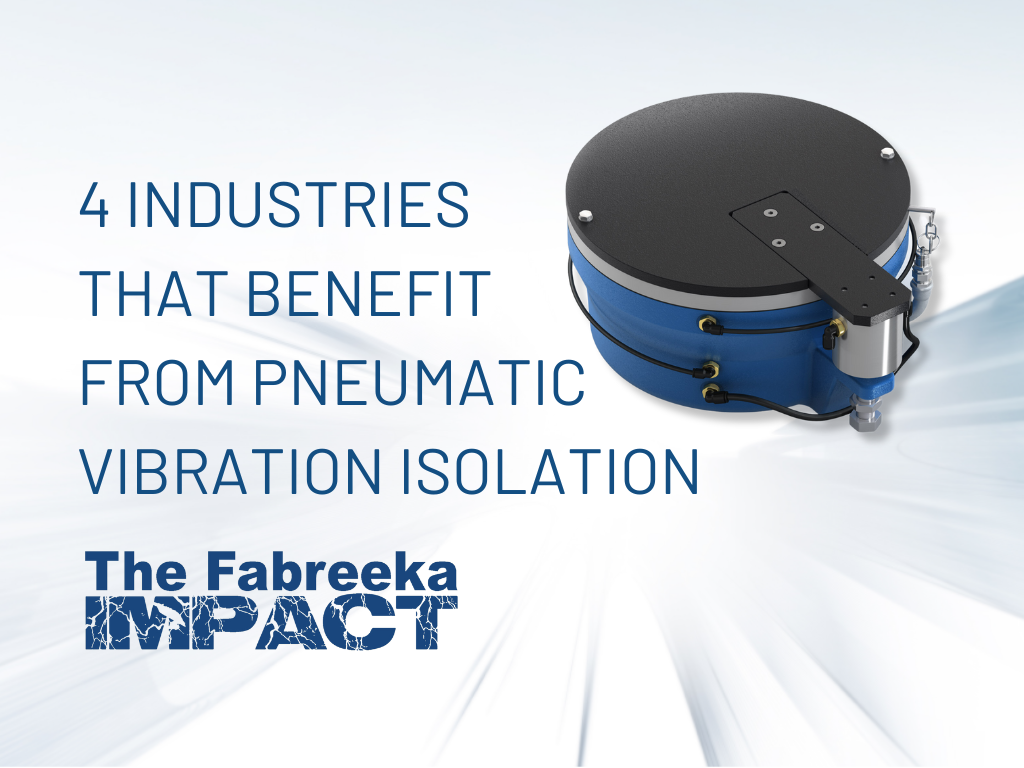
SUBMIT YOUR COMMENT